Water Resources at Risk: Preserving Open Space in Comal County
The Texas Hill Country has long been revered for its scenic landscapes, pristine water resources, and the allure of a peaceful retreat. In fact, a survey conducted in the 1990s revealed that a staggering 80% of Texans expressed a desire to retire in this picturesque region. However, with the increasing population and development pressures, the protection of water resources in the Hill Country has become a paramount concern.
Recently, I had the privilege of attending a thought-provoking presentation by Annalisa Peace, the Executive Director of the Greater Edwards Aquifer Alliance. The program, titled "Open Space in Comal County: Challenges & Opportunities," shed light on the pressing issues surrounding responsible development and the urgent need for conservation efforts to safeguard our precious water resources.
One striking revelation was that Comal County, despite its pivotal location atop the Edwards Aquifer, is the only county in the Texas Hill Country that lacks meaningfully funded conservation initiatives. This stands in stark contrast to neighboring counties like Bexar, Travis, Hays, and Kendall, which have made significant strides in protecting their water resources through various means.
San Antonio, for instance, has implemented a 1/8 cent tax that has enabled the protection of an impressive total of 161,511 acres. This initiative involves the strategic acquisition of land surrounding water resources to safeguard water quality. Similarly, Travis County has allocated substantial bond funds, such as the $8.3 million from the 2011 bond and $16.6 million from the 2017 bond, to purchase easements for conservation purposes. Austin, too, levies taxes on its citizens and is actively safeguarding 26,000 acres in the Barton Springs Recharge Zone. The city has allocated $72 million for water quality and an additional $45 million for land acquisition dedicated to conservation.
Hays County, San Marcos, and Kendall County have also made commendable efforts. Hays County has committed $30 million in bonds toward conservation endeavors, while San Marcos has allocated $2 million to protect areas like Purgatory Creek. Kendall County has also commendably dedicated $20 million to the preservation of the Guadalupe River.
During the presentation, Annalisa Peace highlighted the availability of federal and foundation funding, underscoring the wealth of opportunities for financial support in our conservation endeavors. Additionally, she stressed the effectiveness of recharge dams in capturing significant amounts of water, urging further exploration and implementation of these systems in our region.
Also discussed during the presentation was the importance of "density or impervious cover restrictions for the Edwards Aquifer Recharge and Contributing zones" as implemented by cities like San Antonio, San Marcos, and Austin. These “High-Density Restrictions” (for short) serve as instrumental tools for protecting water resources. Without them, a single neighborhood can cause impairment of a stream within a relatively short span of 3-5 years.
The implementation of One Water schools in the region was briefly touched on during the presentation. Blue Hole Primary School, serving the communities of Wimberley, Woodcreek, and western Hays County, became the first One Water school in Texas, according to One Water News. This approach to water planning and management brings together various stakeholders, including developers, urban planners, community leaders, engineers, and water managers. The goal is to utilize water as thoughtfully and efficiently as possible. Excitingly, plans are underway to incorporate the One Water school modeling into the construction of three Comal County schools, demonstrating an exciting commitment to responsible water management and conservation.
Another significant suggestion put forth by Annalisa Peace was the exploration of conservation easements. These involve the purchase of development rights from property owners, thereby protecting the water resources on or adjacent to the property. Such an endeavor could prove highly beneficial for Comal County, ensuring the beginnings of organized and vital water source preservation.
During the presentation, it was heartening to learn about recent conservation efforts, such as the purchase and protection of 1,200 acres near Vintage Oaks in New Braunfels. However, there was an underlying sentiment that our current efforts may not be sufficient to cope with the rapid growth in our county. Concerns were raised about the number of "straws in the drink" and the need for more comprehensive and proactive measures.
A concerning issue highlighted during the presentation was the proposed development and discharge of 600,000 gallons of grey water into a dry creek via a tributary at the Harrison Tract. Stephanie Johnson of My Canyon Lake reported that the land owner wants to maximize the potential sales value of his 550 acres of land by obtaining a wastewater discharge permit. Concerned citizens seek to stop him, as such discharge could adversely affect our drinking water over time. Situations such as this one underscore the importance of maintaining vigilance and responsible regulations.
In conclusion, Annalisa Peace's presentation shed light on the challenges and opportunities that lie before us in Comal County. It is vital that we recognize the significance of responsible development and conservation efforts to protect our precious water resources. With the examples set by neighboring counties and the availability of federal and foundation funding, we have the means to make a positive and lasting impact. By embracing innovative strategies, such as encouraging stormwater recharge, high-density restrictions, and conservation easements, we can ensure a sustainable and vibrant future for the Texas Hill Country.
Let us join hands in preserving the natural beauty and water resources that define our region, working towards a harmonious balance between development and conservation. By doing so, we can safeguard the splendor of the Texas Hill Country for generations to come. Should you like to learn more and explore ways to become involved in our area’s conservations efforts, please explore the links below:
- Comal County Conservation Alliance: https://www.comalconservation.org/
- Native Plant Society of Comal: https://npsot.org/chapters/new-braunfels/
- Friends of Dry Comal Creek: https://www.facebook.com/Stop3009VulcanQuarry/
- Native Plant Society of Texas- New Braunfels: https://npsot.org/chapters/new-braunfels/
- Preserve Lake Dunlop Association: https://www.plda.org/
- Preserve Our Hill Country Environment: https://www.preserveourhillcountry.org/
- Texas Cave Management Association: https://www.tcmacaves.org/
- & collaborators, League of Women Voters of the Comal Area: https://www.lwvcomal.org/
(Sources: Annalisa Peace of Greater Edwards Aquifer Alliance; One Water News; Stephanie Johnson of My Canyon Lake)
Blue Collar Commercial Group/KW
-
Kaitie Moore Underwood Realtor
- July 21, 2023
- (737) 203-4178
- Send Email


